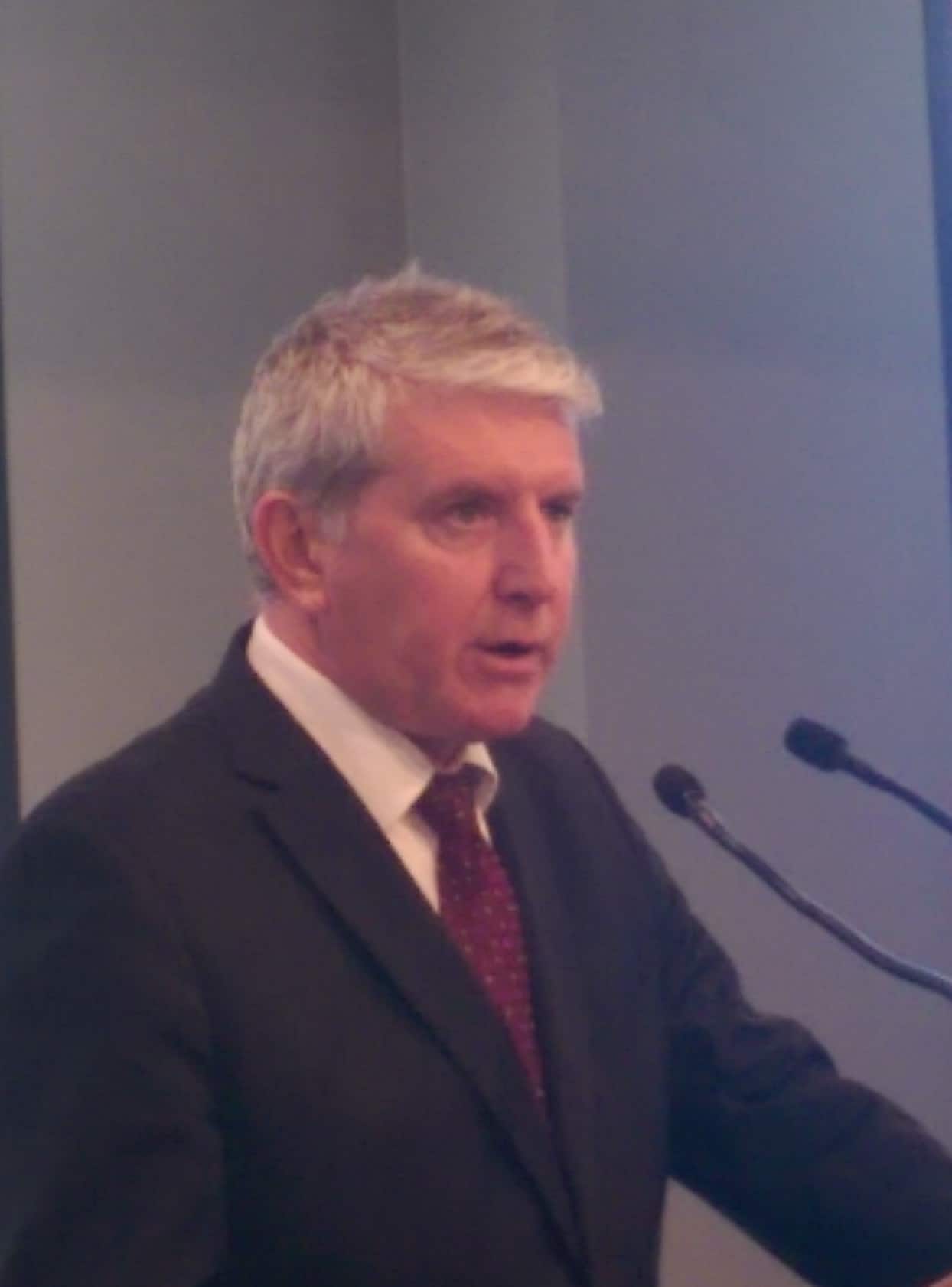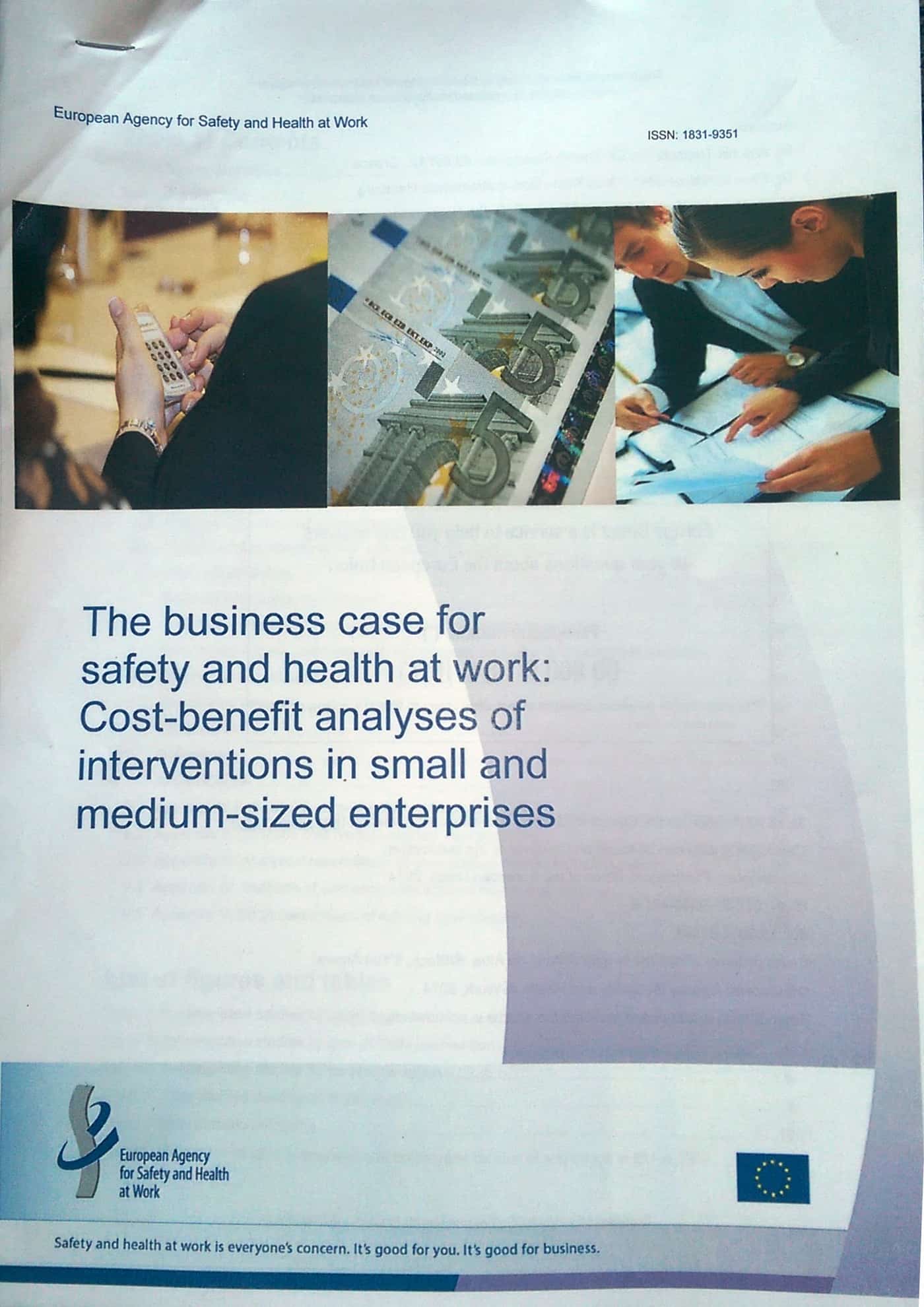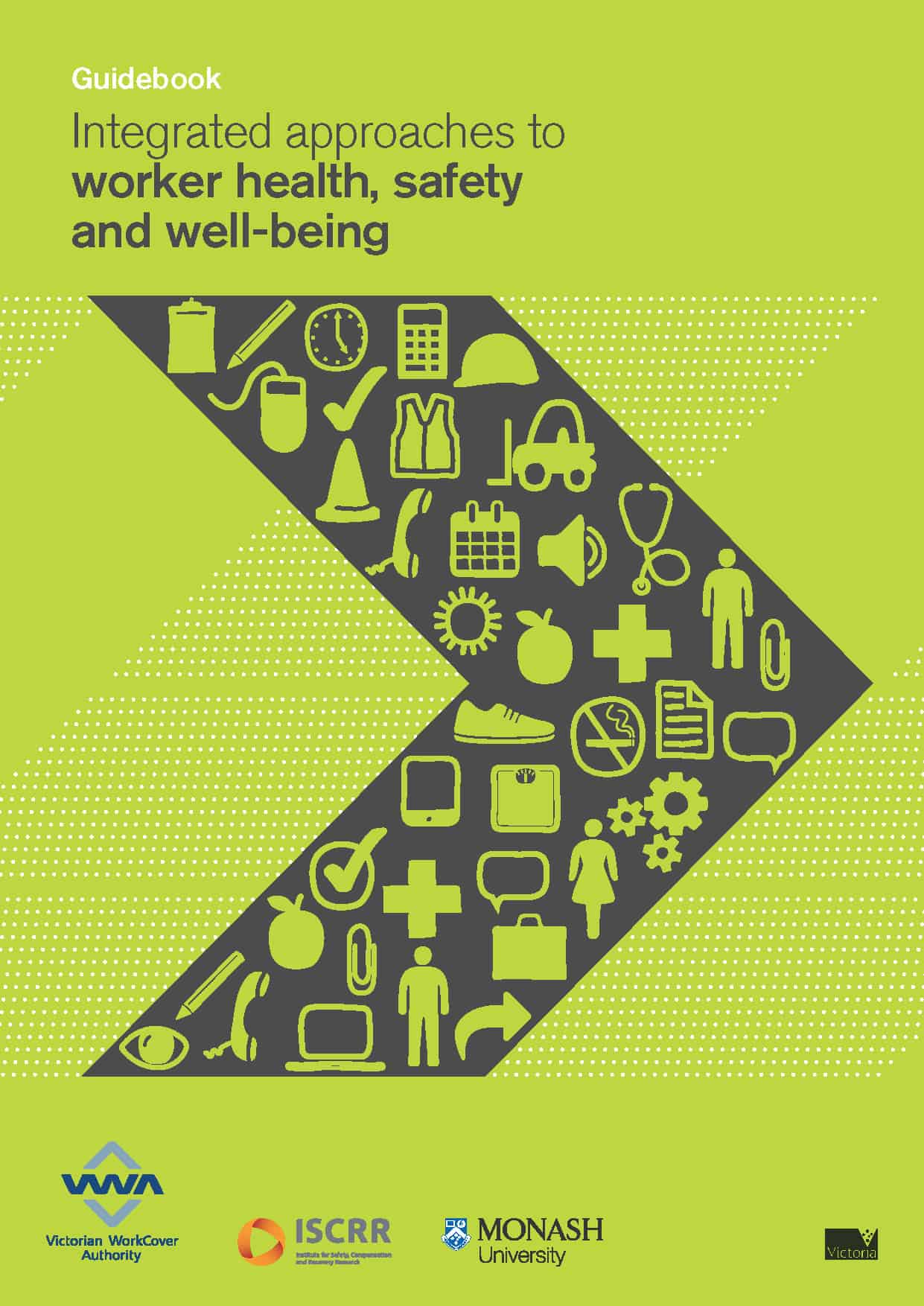 As part of Safe Work Australia month, or perhaps coincidentally, the Australian Council of Trade Unions held its annual occupational health and safety (OHS) conference in Melbourne, Australia. On the morning of day 2, the conference heard from the Shadow Minister for Employment Relations, Brendan O’Connor. The Minister is from the Australian Labor Party (ALP) and had a sympathetic audience but he made several interesting points, particularly when he diverged from the scripted speech (which will be available online shortly) and when he took questions.
As part of Safe Work Australia month, or perhaps coincidentally, the Australian Council of Trade Unions held its annual occupational health and safety (OHS) conference in Melbourne, Australia. On the morning of day 2, the conference heard from the Shadow Minister for Employment Relations, Brendan O’Connor. The Minister is from the Australian Labor Party (ALP) and had a sympathetic audience but he made several interesting points, particularly when he diverged from the scripted speech (which will be available online shortly) and when he took questions.
Royal Commission into the Home Insulation Program
O’Connor supports the ALP position that the Home Insulation Program (HIP) Royal Commission was a purely political affair to target previous ALP government ministers. He emphasised that the Royal Commission was the last in a long line of inquiries into worker deaths and OHS prosecutions related to the HIP program and that this inquiry has achieved very little change. O’Connor said (ad libbed)
“…. that Royal Commission has not recommended any changes to the regulations or obligations on employers to do the right thing at the workplace. It’s almost worse than doing nothing, than to use the health and safety of the workers as a political weapon against your political opponent. That’s how dismissive this government is with respect to health and safety.
Let’s set up a Royal Commission. Let’s summons a former Labor Prime Minister and other Ministers but, of course, all of which we could accept and we supported the establishment of the Royal Commission if that’s what they chose to do, with one caveat – that was, go ahead with the eleventh inquiry into these tragic deaths but make sure that when there are findings about the deficiencies in the law that protects the interests of working people, particularly young workers, do something about it.
Well we’ve seen nothing. We’ll see nothing in terms of changing the law by this government because that was purely a political exercise. To me this underlines how cynical this government is when it comes to health and safety. It only saw it as a political exercise and, I’m afraid to say, you won’t see too many good policy changes as a result of that Commission.”


 Later this month, the Victorian WorkCover Authority (VWA) will be releasing a document entitled “Integrated approaches to worker health, safety and well-being” (pictured right, but not yet available online). It is intended to generate discussion on how to improve workplace safety performance by breaking down the walls of various disciplines, production processes, consultative silos and institutional or organisational biases. This document builds on the overseas experience of the
Later this month, the Victorian WorkCover Authority (VWA) will be releasing a document entitled “Integrated approaches to worker health, safety and well-being” (pictured right, but not yet available online). It is intended to generate discussion on how to improve workplace safety performance by breaking down the walls of various disciplines, production processes, consultative silos and institutional or organisational biases. This document builds on the overseas experience of the